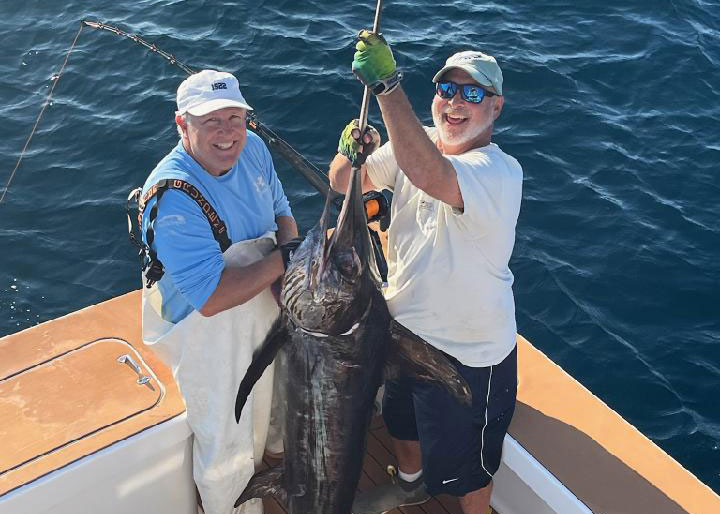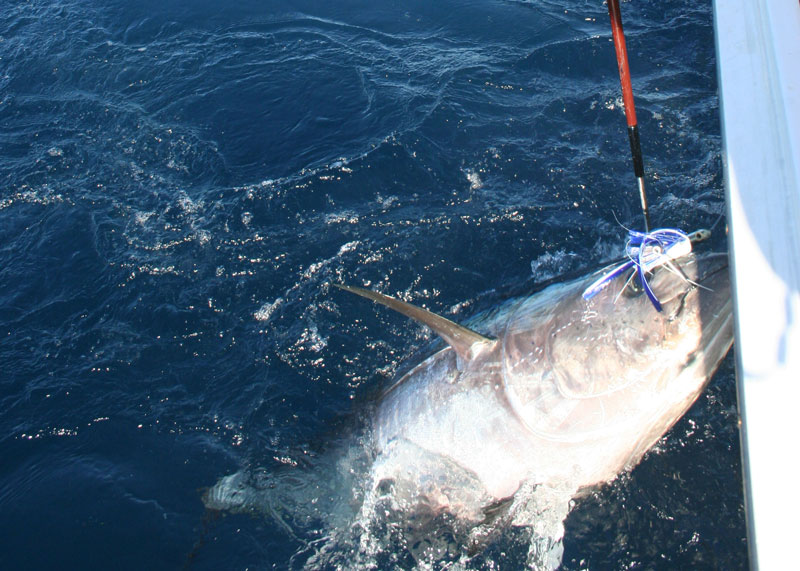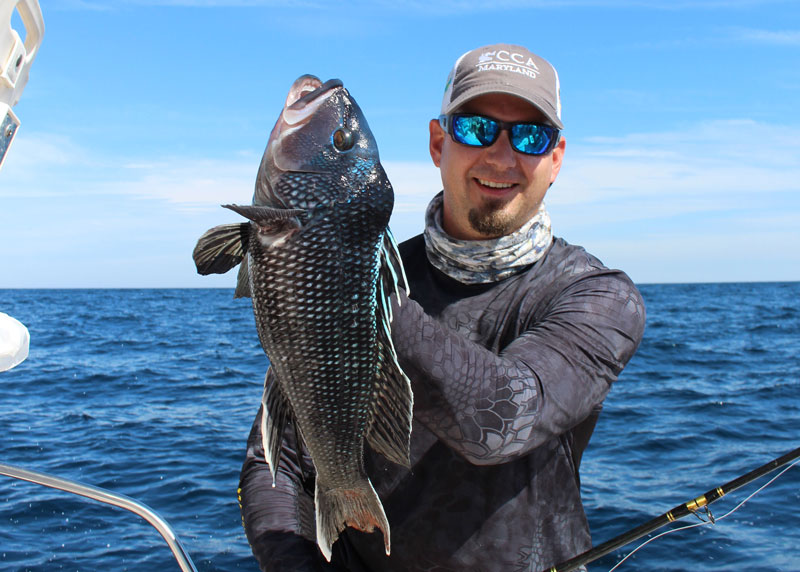Raise your hand if you heard about swordfish hitting the docks last year, the epic bluefin action that cranked up early last December, or the nonstop bottom fishing action that capped off the calendar year. You think that just because the leaves are falling off the trees and the days are growing shorter the offshore season of 2024 has drawn to an end? Balderdash! Now raise your other hand (after laying FishTalk gently on your lap, of course) if you had already winterized your boat when these bites went off last year, and had to read those reports while gritting your teeth in frustration. Sure, you’ll want to empty freshwater tanks and leave the outboard tilted all the way down so it drains completely, but for gosh sakes, leave that winter cover in the garage where it belongs for another month or two.

SWORDFISH
Action along our coast commonly peaks this month, and while the bite does vary from year to year, November is when it’s possible to get double-digit bites in a single day. Deep dropping for swords is a very involved process with relatively complex rigging and techniques, but any competent angler can make it happen. Check out Daytime Swordfish Deep Dropping to get the detailed lowdown, and in the meantime, remember these tips:
- Stick with rugged offerings like rigged eels or strip baits. Old-school squid does get lots of bites, but squid is easily shredded and reeling in from 1500’ to check a bait after a missed strike is no fun at all.
- Check the temp charts and look for areas where breaks intersect with edges in the 1200’ to 2000’ zone.
- If you’re a pro you’ll probably set out a buoy line, but if you are relatively new to the game stick with a single swording stick. Over-complexifying an already complex maneuver is a recipe for day-ending tangles.

BLUEFIN TUNA
These fish are about as unpredictable as it gets, and last December’s run was certainly unusual—but it has happened before and it could happen again. The fish’s presence was detected first by anglers targeting big ocean-run stripers, who discovered the tuna were in the same areas as rockfish chowing on big schools of bunker. That’s the clue to look for: mass schools of baitfish. If they show up again…
- Leave the pea-shooters at home and grab 50s and 80s spooled with heavy braid. It will be tempting to put out some rockfish stuff, but you can bet that’s what a gigantic bluefin will decide to hit—and you’ll be left crying.
- Keep your eyes peeled for two visual clues you’re in the right area: working birds and the Omega boats. Yeah, we all love to hate ‘em but those boats will be where the biggest concentration of bunker are.
- Make sure you put out a blue/white Ilander with a horse ballyhoo. For whatever reason, bluefin love chewing on these and it’s one of the all-time best offerings for these fish at just about any time and any place.

SEA BASS
These guys may not get anywhere near as big as the other fish we’ve discussed thus far, but there’s no better eating fish in the ocean and this is the time of year when limit catches are most common. If you fish out of Delaware or Maryland give yourself a leg up by joining the Ocean City Reef Foundation and get their chart. In one fell swoop you’ll gain GPS coordinates for more locations than you could fish in an entire season. And on top of that:
- If the fishing is slow be quick to pull up stakes and move spots, because it’s not unusual to check out several spots with little action then find one where the fish are chewing hard.
- If you catch dogfish be quick to pull up stakes and move spots. When they take over an area catching other fish can become a tall order and running to a different wreck or reef usually does the trick.
- You’ll often find there’s more diversity at the wreck and reef sites now than there was in the height of summer, so stick with a versatile bait like peeler crab or squid and you never know what you’ll pull up. You may also want to drift a bit as opposed to anchoring, which will give you a better shot at putting flounder into the box.
Okay people, you know what to do with that winter cover: nothing. You know what to do with that fogging oil: nothing. And you know what to do with that fishing tackle: keep it at the ready. Because if you shut down for the season just because it’s getting a little cold out, you’ll miss some of the hottest action of the year.